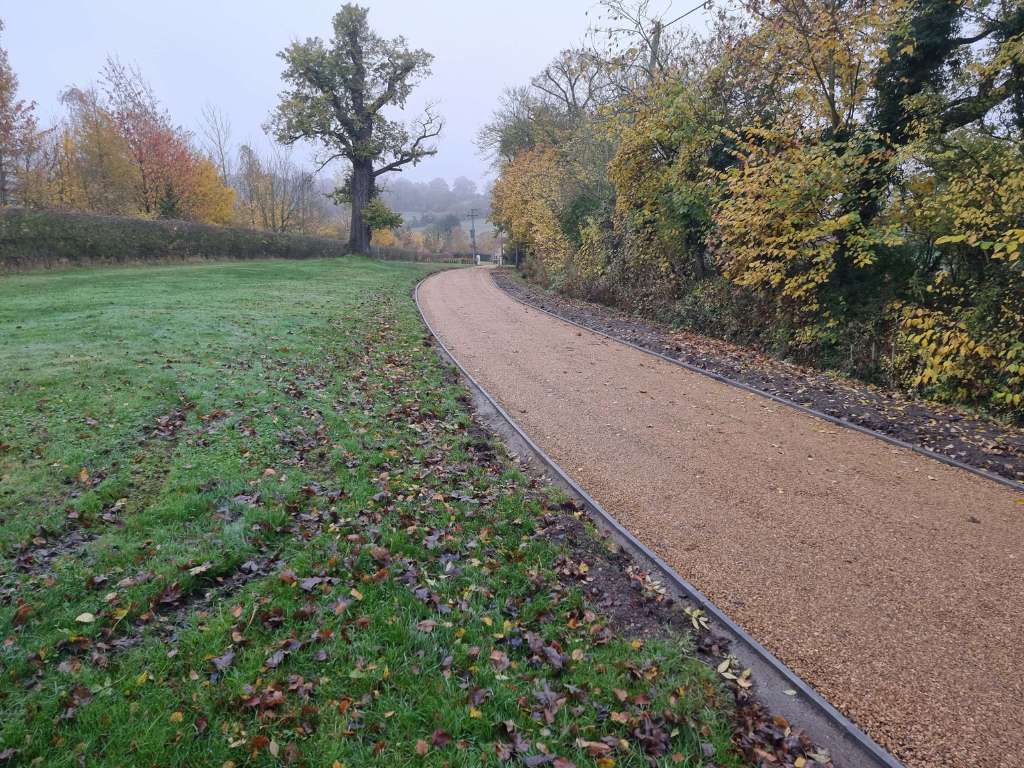The Role of Tarmac in New Build Housing Developments
Introduction: New build housing developments are complex projects that require careful planning and execution to create thriving communities. Among the many considerations, driveway and road surfacing choices are crucial. Tarmac, also known as asphalt, plays a vital role in these developments due to its versatility, durability, and cost-effectiveness. In this blog post, Norwich Driveway Contractors will explore the significant role of tarmac in newly built housing developments, highlighting its benefits and applications.
The Advantages of Tarmac in Housing Developments
- Durability: Tarmac is known for its durability and ability to withstand heavy traffic, making it an ideal choice for roads, driveways, and parking areas within housing developments.
- Cost-Effective: Tarmac is a cost-effective paving solution, allowing developers to allocate their budget efficiently for other essential aspects of the project.
- Quick Installation: Tarmac can be installed relatively quickly, reducing construction time and minimising disruptions to residents and contractors.
- Customisation: Tarmac offers various finishes, including coloured tarmac and decorative aggregates, allowing developers to match the aesthetics of the housing development and create a visually appealing environment.
Applications of Tarmac in New Building Housing Developments
- Roads: Tarmac is commonly used to construct internal roads within housing developments. Its durability ensures long-lasting, smooth, and safe road surfaces for residents and visitors.
- Driveways: Tarmac driveways are a popular choice for individual homes within the development. They provide a clean, attractive, and robust surface for residents’ vehicles.
- Pathways: Tarmac pathways offer accessibility and convenience, ensuring pedestrians and cyclists can move safely throughout the housing development.
- Parking Areas: Tarmac is the preferred material for parking areas, providing a stable and durable surface capable of withstanding the weight of multiple vehicles.
- Playgrounds and Sports Courts: In housing developments with recreational areas, tarmac is often used for playgrounds and sports courts due to its impact resistance and smooth playing surface.
Tarmac Surface Options
Developers have several tarmac surface options to choose from when planning their housing projects:
- Standard Tarmac: Traditional tarmac provides a cost-effective and reliable solution for roads, driveways, and parking areas.
- Coloured Tarmac: Colored tarmac can be used to add a distinctive touch to road markings, driveways, and pathways, enhancing the overall aesthetics of the development.
- Decorative Aggregates: Incorporating decorative aggregates into the tarmac surface creates visually appealing textures and patterns, making it an attractive choice for pathways and communal areas.
- Permeable Tarmac: Permeable tarmac allows rainwater to pass through, reducing surface runoff and aiding in sustainable drainage solutions for housing developments.
Conclusion: Tarmac plays a pivotal role in successfully developing new housing communities. Its durability, cost-effectiveness, and versatility make it an excellent choice for these developments’ roads, driveways, pathways, and parking areas. By considering aesthetics, durability, and sustainability, developers can create attractive, safe, and functional environments for future residents.
Call us on: 01603 361 697
Click here to find out more about Norwich Driveway Contractors
Click here to complete our contact form and see how we can help with your driveway needs.

